Fix: Does Not Appear to Be a Valid Font
Several Windows users are reporting that they are unable to install certain fonts. The error that comes up is “The file ‘Font Name’ does not appear to be a valid font”. This particular error is reported to occur with every recent Windows version including Windows 7, Windows 8.1 and Windows 10.
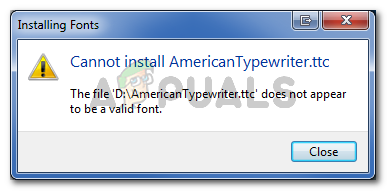
What is causing the does not appear to be a valid font error?
We investigated this particular issue by looking at various user reports and trying to replicate the error message on our error machine. Based on what we gathered, there are several reasons why this error is occurring:
- Font installation doesn’t have admin privileges – You’ll need administrative privileges in order to install a font on a Windows machine. You might encounter this particular error message if you’re using a limited (guest) Windows account.
- TTC is not supported directly by Windows – TrueType Collection fonts are not directly supported by Windows. Since Windows doesn’t natively support TTC fonts, you will need to use some kind of Font manager.
- Windows Firewall is disabled – The built-in font manager will not function properly if the Windows Firewall service is disabled on your machine.
If you’re struggling to resolve this particular issue, this article will present you with a selection of verified troubleshooting steps. Below you have a couple of methods that other users in a similar situation have used to resolve or circumvent the issue.
For the best results, follow the methods in the order that they are advertised until you come across a fix that resolves the problem in your particular scenario.
Method 1: Using a user account with administrative privileges
Keep in mind that the built-in font manager is known to throw the “does not appear to be a valid font” error if the current user account doesn’t have administrative privileges.
Several users struggling with the same issue have managed to install the font that was previously failing with this error by performing the operation through a user account with administrative privileges.
To do this, simply hit the Windows key, right-click on the account icon and then click on an account that has administrative privileges.
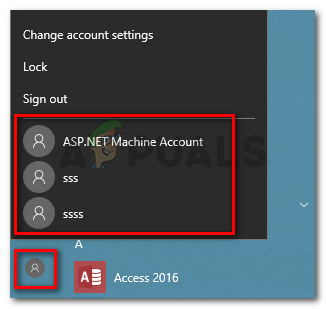
Once you are logged-in with it, attempt to install the font again and see if the error is still occurring. If you’re still seeing the “does not appear to be a valid font” error, move down to the next method below.
Method 2: Enabling Windows firewall
Another popular frequent reason why this error occurs is if the machine that is attempting the operation has the Windows Firewall service disabled by default. Several users encountering the same error message have managed to get it fixed by using the Services screen to re-enable the service.
Here’s a quick guide on how to do this:
- Press Windows key + R to open up a Run dialog box. Then, type “services.msc” and press Enter to open the Services window.

Run dialog: services.msc - Inside the Services window, use the right pane to scroll through the list of services and locate Windows Firewall. Once you see the entry, right-click on it and choose Properties.
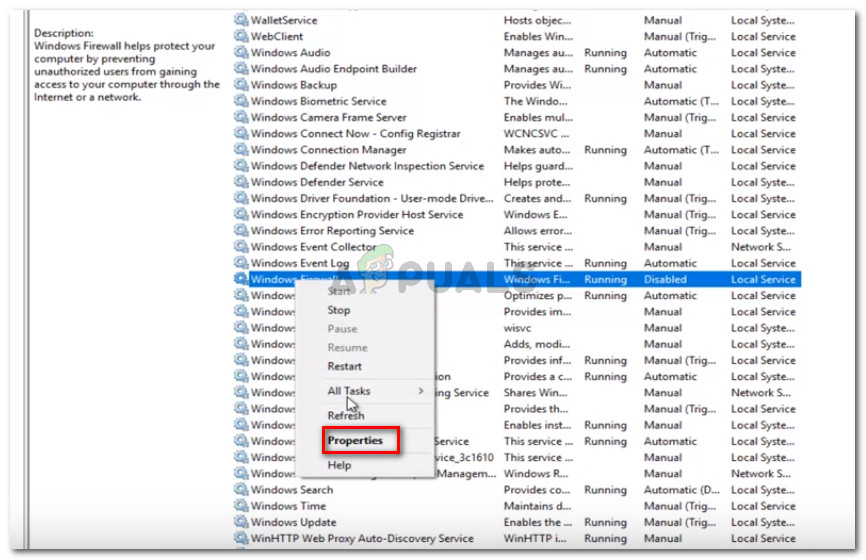
Right-click on Windows Firewall and choose Properties - In the General tab of Windows Firewall Properties, set the Startup type to Automatic and click Apply to save your changes.

In the General tab, set the Startup type to Automatic - Close the Services menu and restart your computer. At the next startup, see if the error has been resolved.
If you’re still seeing the “does not appear to be a valid font” error when trying to install a font, move down to the next method below.
Method 3: Drag & drop the file into the font application
Some users that have been getting the “does not appear to be a valid font” error when trying to double-click the font to install it have reported that the procedure was finally successful after they dragged and dropped them inside the Font application.
Here’s a quick guide on how to do this:
- Press Windows key + R to open up a Run dialog box. Then, type “control” and press Enter to open Control Panel.

Run dialog: control - Inside Control Panel, click on Fonts.

Click on Fonts - Next, simply drag & drop the font that you wish to install inside the Fonts window.
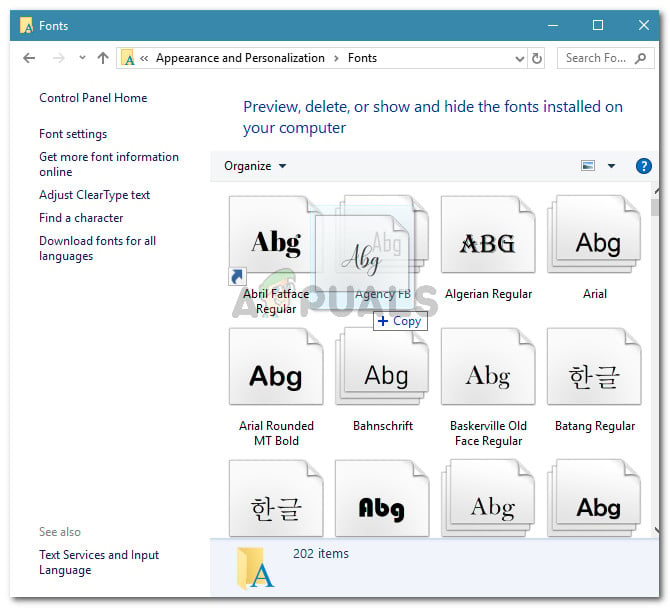
Drag & drop the font - Follow the on-screen prompts to complete the installation of the font.
If the installation fails with the same error message, move down to the next method below.
Method 4: Taking the file through a Font Converter
Some users have reported that the issue was resolved after they filtered the file through an online font converter. Based on their reports, they were able to install the font after the conversion was complete, even if the extension is still specified as being TTF.
Here’s a quick guide on how to convert the font with Online Font Converter:
- Visit this link (here) and enable the ttf checkbox from the list of font extensions.
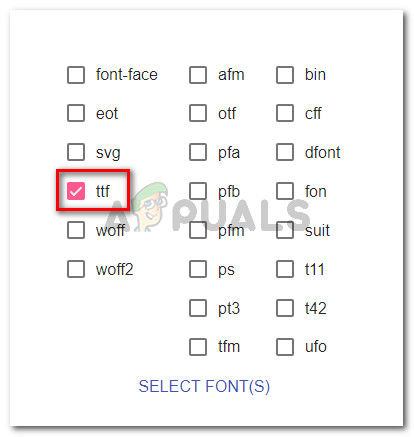
Visit the Online Font Converter website and enable the TTF checkbox - Next, click on Select Font(s) and drag & drop the font or click Choose files and browse to its location manually.

Drag & drop the font or browse manually to load it inside the converter - Once the .ttf file is loaded inside the online converter, simply click on Done and wait for the process to complete.
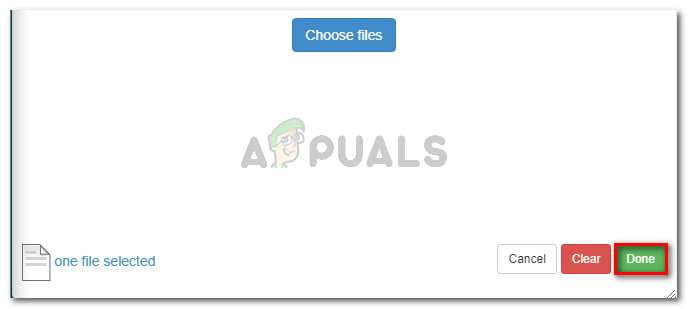
Click on Done to start up the conversion process - Once the process is complete, click on Save your font.
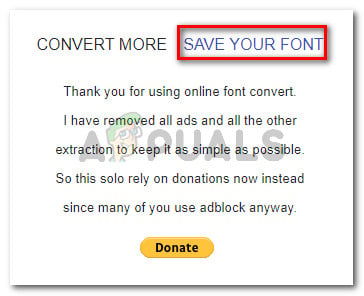
Saving the converted font - From the next screen, click Download Attachment.

Downloading attachment - Extract the converted font and open it from the converted-files folder.

Open the font from the converted-files folder - Click the Install button and grant administrative privileges by clicking Yes at the UAC prompt to install the font. You should no longer encounter the does not appear to be a valid font error.
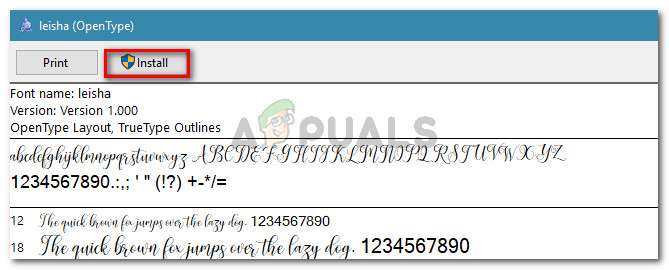
Installing font




